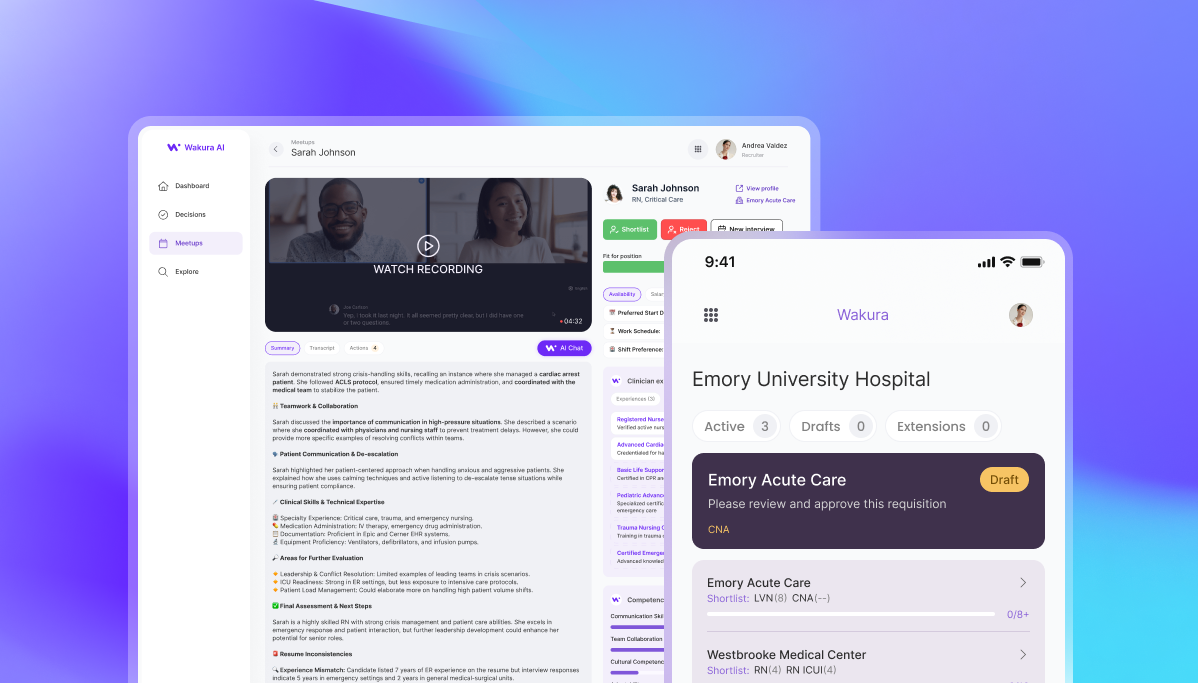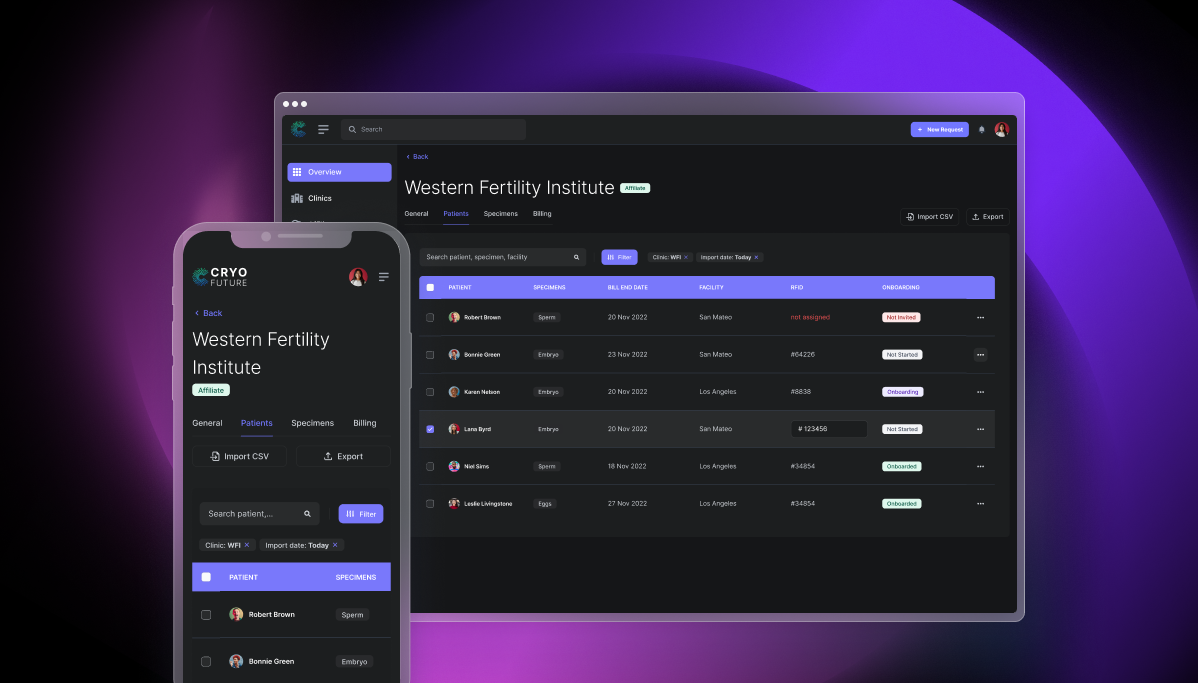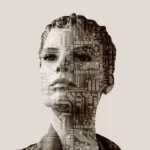Originally published: March 28, 2024
Updated: June 10, 2025 — includes revised trends, risks, and data insights
Introduction
HealthTech sits at the intersection of innovation and impact — where great ideas can reshape care delivery, but also collide with regulation, ethics, and operational complexity. As of 2025, the stakes are even higher.
At Preux, we’ve worked with startups like Wakura who are navigating exactly this tension: using AI to scale clinician evaluation workflows without sacrificing data integrity or trust.
This post explores the opportunities, risks, and emerging considerations for founders, investors, and operators building in HealthTech.
Opportunity Zones in 2025
AI-Powered Clinical Workflows
Natural language processing, agentic AI, and structured prompts are transforming triage, interview scoring, and credentialing. The value lies in workflow augmentation, not just model cleverness.
Digital Therapeutics & Long-Term Care
As populations age and health systems decentralize, tech-enabled monitoring, adherence tools, and remote diagnostics are no longer “futuristic.” They’re commercially validated.
API-Led Interoperability
FHIR standards and secure API layers are enabling integration with legacy systems and third-party providers — a must for real-world deployment.
Multi-Sided Health Platforms
Increasingly, HealthTech startups are serving clinicians, payers, patients, and admins simultaneously. Multi-role product design and UX discipline are key.
Wakura AI: Redefining Talent Assessment in Healthcare with Conversational Intelligence
Key Risks & Realities
Compliance Isn’t Optional
HIPAA, SOC 2, GDPR, and now the EU AI Act are redefining what “production-ready” really means. If your product makes clinical decisions or recommendations, auditability is mandatory.
Ethics Beyond Buzzwords
It’s not enough to say “we care about patient safety.” Products must embed explainability, human oversight, and intervention mechanisms.
Underestimating Clinical Nuance
Many founders fail to involve clinical voices early enough. Poor assumptions about workflows or decision-making hierarchies lead to irrelevance — or worse, liability.
Powering a New Standard in Cryogenic Healthcare
Mid-2025 Update: What’s Changed?
Added June 10, 2025
Investment Still Flows, But Strategically
According to SVB’s 2024 report, H1 saw 728 VC-backed healthtech deals, heavily focused on early-stage innovation, even as $100M+ mega-deals became rarer.
Clinical Trust is the New Differentiator
Europe’s Health.Tech 2024 event revealed that clinical safety and explainability are now among the top investment criteria for healthtech buyers and boards.
AI Act = Design Constraint
The EU AI Act now classifies many healthtech tools as high-risk systems, meaning founders must document safety mechanisms, testing protocols, and consent workflows before launch.
Shift from Model Hype to Workflow Impact
Investors and stakeholders no longer care if you use “Claude” or “GPT-4o” — they care how your product supports safer, faster, more compliant decisions across real teams.
Final Thoughts
HealthTech innovation in 2025 isn’t slowing — but it is maturing. The winners won’t be those who just deploy AI or offer novel dashboards. They’ll be the companies that understand the operational realities of modern healthcare: complexity, regulation, patient privacy, and clinical trust.
“In healthtech, speed matters — but trust is the multiplier. If clinicians can’t explain it, they won’t use it. If auditors can’t trace it, you won’t scale.”
— Matthew Rogers, CEO of Preux





